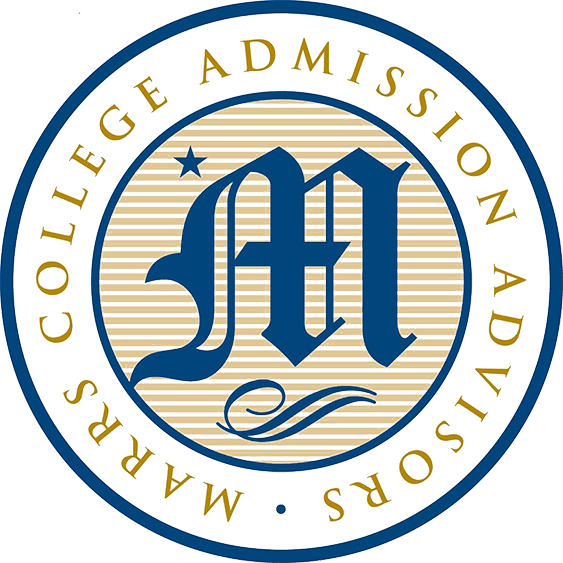College Highlights
Trinity University
(From the Fiske Guide to Colleges)
One of the few quality Southwestern liberal arts colleges in a major city. Trinity is twice as big as nearby rivals Austin College and Southwestern University and offers a diverse curriculum that includes business, education, and engineering in addition to the liberal arts. San Antonio runs neck and neck with Austin as the most desirable city in Texas.
Trinity University is a small school with big bucks. Thanks to that liquid that gushes out of the Texas soil, Trinity has one of the nation’s largest educational endowments at a school its size. The wealth is used unashamedly to lure capable students with bargain tuition rates and to entice talented professors from around the nation. The result? A student body composed of smart, ambitious men and women, and a stellar faculty. Students here enjoy challenges but still manage a laid-back Texas attitude. “It’s friendly, warm, personal, engaged, and academically stimulating,” a senior says. Trinity was founded in 1869 in a small central Texas town just after the end of the Civil War. The 125-acre campus, filled with the Southern architecture of O’Neil Ford, is located on what was once a rock quarry. Everything fits the school’s aesthetically pleasing and somewhat well-to-do image, from the uniform redbrick buildings to the stately pathways that wind along gorgeous green lawns and through immaculate gardens spotted with Henry Moore sculptures. Trinity’s most dominant landmark is Murchison Tower, which rises in the center of campus and is visible from numerous vantage points throughout San Antonio.
Trinity’s general education curriculum, called Pathways, contains five signature curricular elements: the First-Year Experience, Core Capacities, Approaches to Creation and Analysis, Interdisciplinary Clusters, and Experiential Learning. Trinity has a highly praised education department, with a five-year master of arts in teaching program, and a good advising program for students interested in health professions. Trinity’s business-related programs are some of its best and most popular; business administration, accounting, finance, and economics enroll the most students. The engineering and biology departments are strong too. Budding journalists and advertisers can try their hand at broadcasting through internships with the communication department’s television and radio stations. The five-year accounting program allows students to serve an internship with the big four accounting firms in offices around the nation while earning a salary and receiving college credit. Freshmen receive academic counseling from a faculty advisor and peer tutoring from upperclassmen in mentor groups of 10 to 15 students. The professors at Trinity are “available, brilliant, and helpful,” according to a junior. Forty-five percent of students participate in research projects with faculty mentors, while 35 percent study abroad in more than 35 countries.
Trinity makes a concerted effort to maintain its admissions standards, keeping enrollment steady and recruiting high achievers with greater energy than is possible from larger universities. Seventy-three percent of undergraduates are Texans, and 4 percent are international. Students report that the campus leans liberal politically, but the atmosphere is generally accepting rather than ostracizing. “Everyone feels the need to stay civil and calm, for the most part,” explains a senior.
Merit scholarships averaging $22,700 are available to academically gifted students; there are no athletic scholarships. Students are required to live on campus through their junior year. In fact, 81 percent of the students live in the residence halls, which one student describes as “fantastic, with walk-in closets, private balconies, suite-style rooms, and a cleaning service.” Residence halls are co-ed by suite, with one single-sex residence hall that is off-limits to freshmen. A university-owned apartment complex is an option for upperclassmen, but most seniors find their own places off campus. Campus dining is “delicious,” according to a student.” A junior says students feel safe and “the university police are constantly monitoring the campus.”
“Most students choose to socialize with other students on campus or in Greek houses just off campus,” says a sophomore. The school year kicks off with a party at the school’s bell tower, which students can climb to get a knockout view of San Antonio. They also anticipate Fiesta, a weeklong, annual celebration of San Antonio’s mixed culture that features bands, dancing, food, and drink.
Students get involved in city life by contributing more than 88,000 hours of community service every year. Residents of the HOPE Hall living/learning community spend two hours a week volunteering with organizations that serve the city’s homeless population; “Being part of HOPE Hall grounded and humbled me,” says one participant. The city’s beautiful, warm weather provides plenty of activities for the students year-round, but there are also many fun road trips. The funky state capital of Austin is 90 miles north, and students can also road-trip to the Texas Gulf Coast and the Hill Country. Trinity’s varsity sports teams compete in the Division III Southern Collegiate Athletic Conference.

